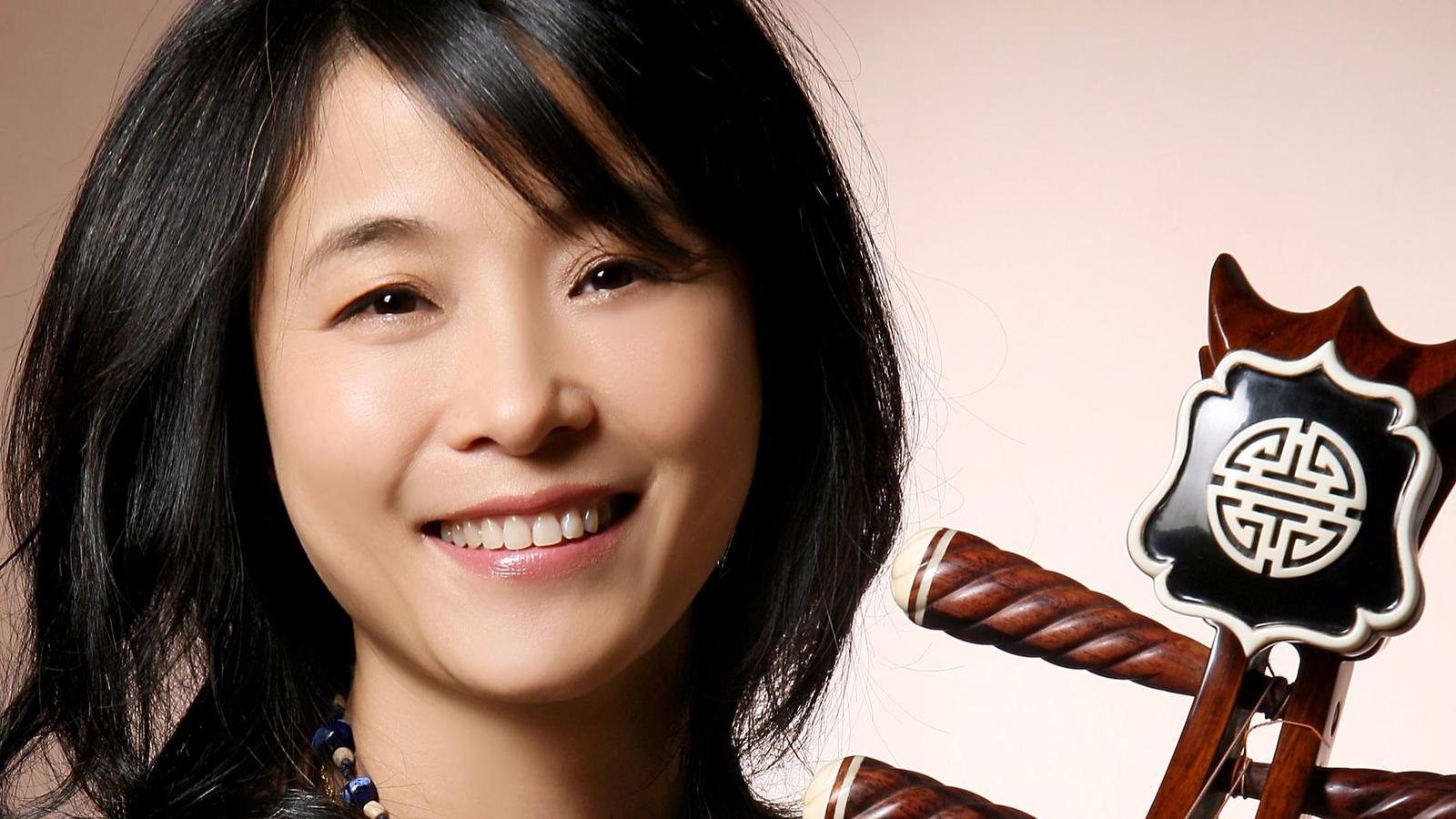

Press

By Christian Hertzog for The San Diego Union-Tribune
For more than 250 years, the combination of two violins, viola and cello has attracted composers. In the medium of the string quartet, composers have uttered their most profound musical thoughts, from Haydn and Beethoven up to Alfred Schnittke and Brian Ferneyhough.
Wednesday’s SummerFest concert at UC San Diego’s Conrad Prebys Concert Hall examined three instances where an extra instrument joined a string quartet.
Beethoven’s “String Quintet in C Major, Opus 29” calls for an additional viola. The contrast between this and a string quartet may not be all that apparent without the visual cue of an extra player, but there are differences. Besides giving the entire group a fuller and somewhat deeper sound, having that second viola frees up the second violin from having to participate in the accompaniment, providing more opportunities for interplay between two violins.
Beethoven’s “String Quintet” is a joyful work, and it was given a high-octane performance by violinists Cho-Liang Lin (also SummerFest’s music director) and Kristin Lee, violists Toby Hoffman and John Largess (from the Miró Quartet), and cellist Robert deMaine.
In his “Quintet in G major, Opus 77,” Dvořák made a more obvious alteration to the string quartet by adding a double bass, lowering the bottom of the ensemble and giving the group more weight. Bassist DaXun Zhang’s playing filled the resonant hall.
By freeing the cello from having to always play the bass line, Dvořák was able to deploy it in a more contrapuntal manner against the upper strings, even allowing the cello to join or supplant them. Cellist Edward Arron made the most of his part, happily digging into his lines and tautly playing his solos. Having virtuosic musicians like Glenn Dicterow and Chee-Yun in the violin chairs provided electricity to the group; their melodies crackled and soared. Violist Tien-Hsin Cindy Wu ably contributed to the effort, a rip-roaring reading that swept listeners along and prompted two curtain calls for these brilliant players.
The most unusual offering of the night was new composition by Xiaogang Ye for string quartet and pipa, a Chinese lute with a banjo-like timbre. Soloist Wu Man is one of the finest pipa experts on the planet, and she has aggressively commissioned prominent composers such as Tan Dun and David Lang to write for her.
Chinese composer Xiaogang Ye is not as well-known here as his contemporaries Tan Dun, Zhou Long or Bright Sheng. All came to the United States to study composition, but only Ye returned to China. In a preconcert talk, he described his work “Gardenia” as a collision between Eastern and Western music, resulting in a new music blossoming forth. To my ears, “Gardenia” sounds like an accompanied pipa solo. The string quartet seemed less to exist on its own than to provide support for the pipa part, and the Miró Quartet did this admirably. Wu Man played confidently, and hearing her in Conrad Prebys Hall was a treat; it gives plucked notes more life.
Ye’s harmonic language is modern, yet his rhythms are oddly square. He breaks flowing gestures up with pauses or held notes. It was not an unpleasant work, yet any deeper virtues were not apparent after one hearing. Every now and then a new work is repeated on a program. Perhaps a second chance to hear “Gardenia” would have made a stronger argument for the work’s merits.